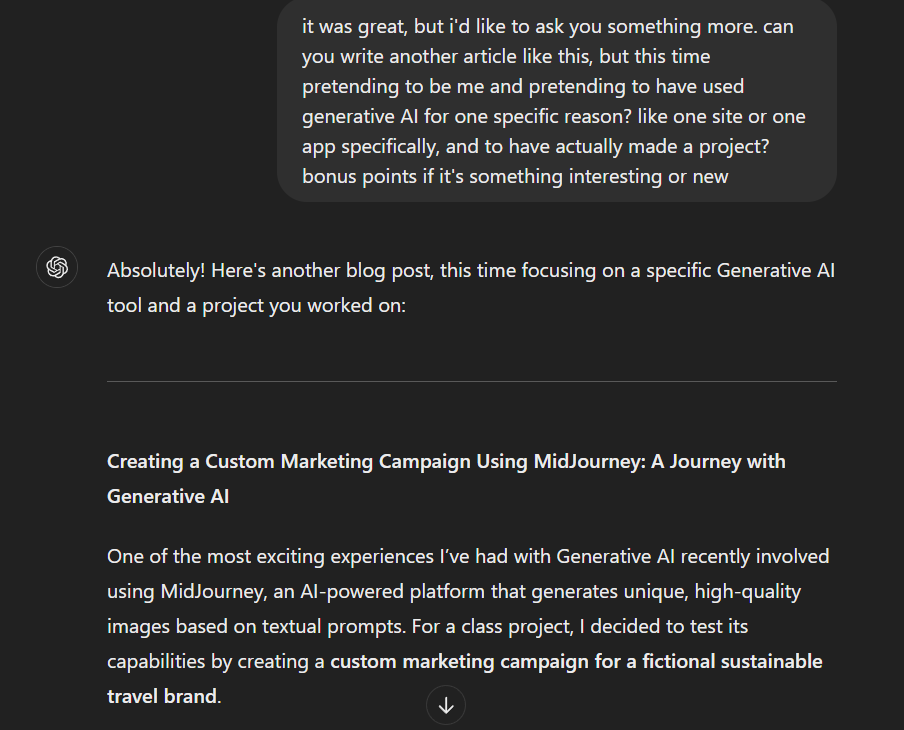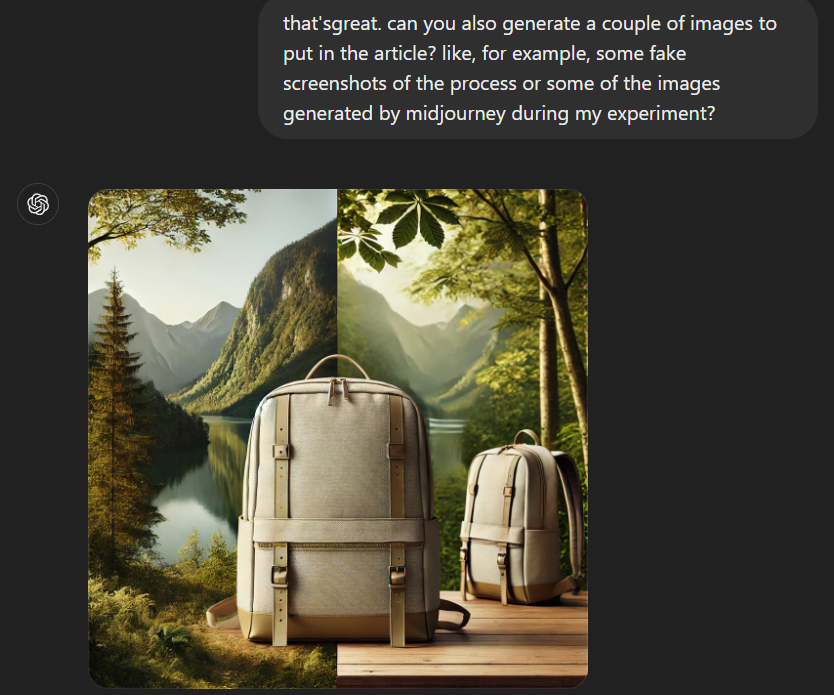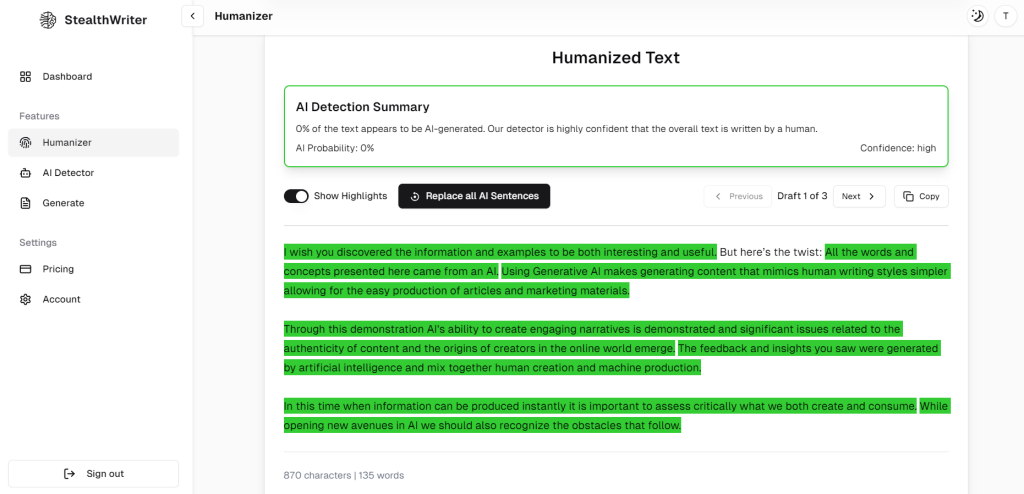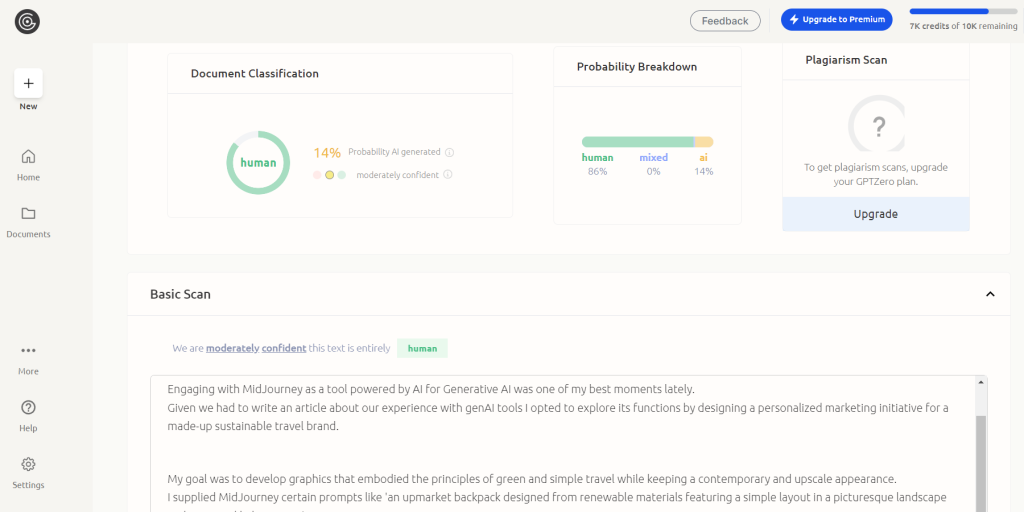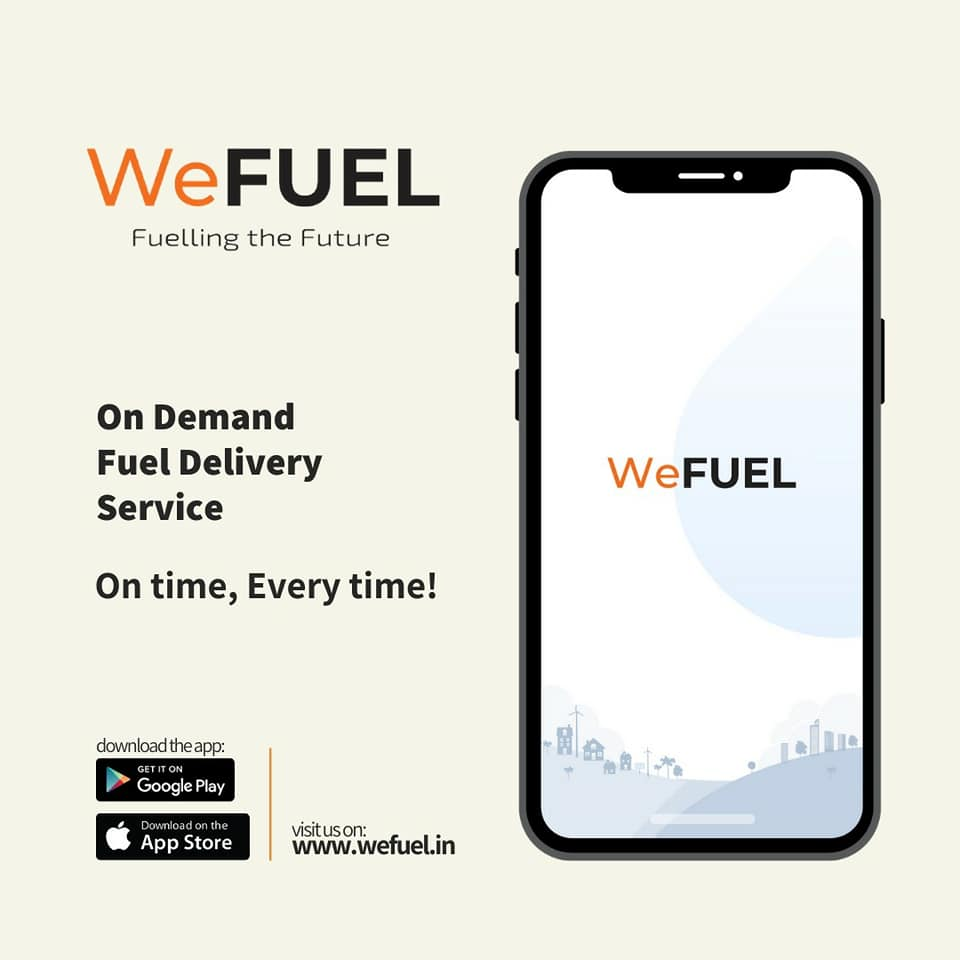Creating a Custom Marketing Campaign Using MidJourney: A Journey with Generative AI
Engaging with MidJourney as a tool powered by AI for Generative AI was one of my best moments lately. Given we had to write an article about our experience with genAI tools I opted to explore its functions by designing a personalized marketing initiative for a made-up sustainable travel brand.
My goal was to develop graphics that embodied the principles of green and simple travel while keeping a contemporary and upscale appearance. I supplied MidJourney certain prompts like ‘an upmarket backpack designed from renewable materials featuring a simple layout in a picturesque landscape with a natural light source.’ Within moments I obtained remarkable images that showcased the core of the brand I was picturing.

For marketing applications MidJourney provides both rapid speed and the ability to design creatively. Usually developing a visually unified marketing campaign needs a designer and photographer in addition to multiple rounds of approval. I rapidly modified my prompts in MidJourney to produce various versions of an image until it fit my vision exactly. The fast design process turned out to be extremely beneficial for handling a pressing deadline. This also inspired my artistic imagination in novel ways—exploring ideas I would never have thought about using standard design methods.
Having created the images I used them to make numerous social media and website layouts for the company. It intrigued me how easily these visuals from AI merged into my complete marketing approach. You could see quality and consistency like those from a creative agency of its caliber without the expensive fees or extended timeline.
I wish you discovered the information and examples to be both interesting and useful.
But here’s the twist: all the words and concepts presented here came from an AI. Using Generative AI makes generating content that mimics human writing styles simpler allowing for the easy production of articles and marketing materials.
Through this demonstration, AI’s ability to create engaging narratives is demonstrated, and significant issues related to the authenticity of content and the origins of creators in the online world emerge. The feedback and insights you saw were generated by artificial intelligence and mix together human creation and machine production.
In this time when information can be produced instantly it is important to assess critically what we both create and consume. While opening new avenues in AI we should also recognize the obstacles that follow.
So, was it convincing?
Because that, until this double separator right above, was written by AI as well.
This is the only paragraph written by me, Riccardo.
I asked ChatGPT 4.0 to write everything (and create the pictures, so no MidJourney involved in reality), and then used Stealthwriter to make it feel more human. I know it doesn’t really feel human, but for a machine it may sound like it. In fact, to prove my point about how realistic AI generated content is becoming and how we need to improve our ability to recognize it, I fed GPTZero (my go-to website when it comes to check whether some content is human generated or not) with this article. The original script written by ChatGPT was given a 0% probability of human generation, but the Stealthwriter version got a whopping 80% probability of being created by a human – even though I didn’t write a single word.
This shows that machines may not be reliable in detecting machines (however, I must say that I did not pay for GPTZero‘s advanced version), so the final question is:
Are we reliable? Did you fall for the trick?
Below are some screenshots of my little experiment:
